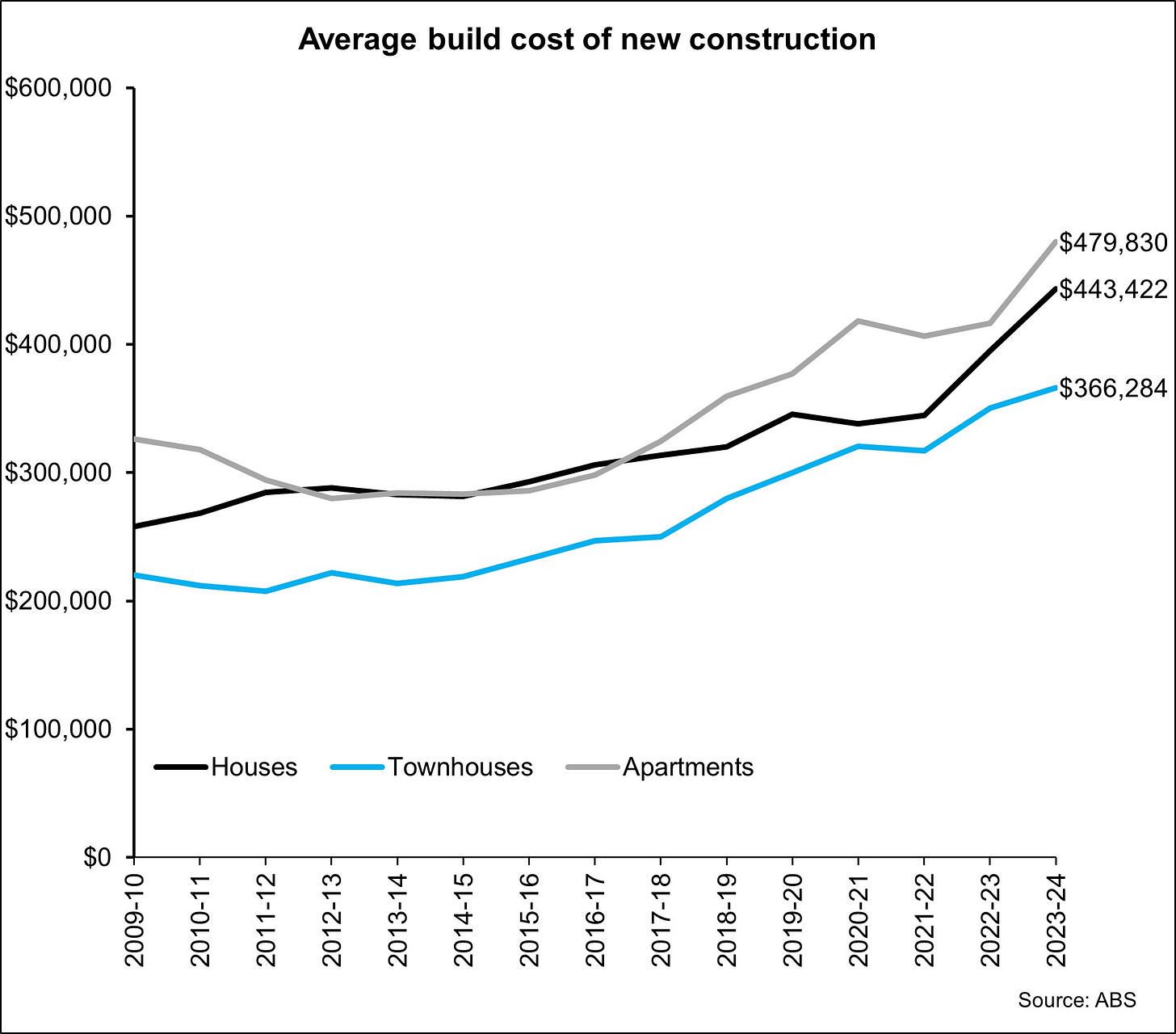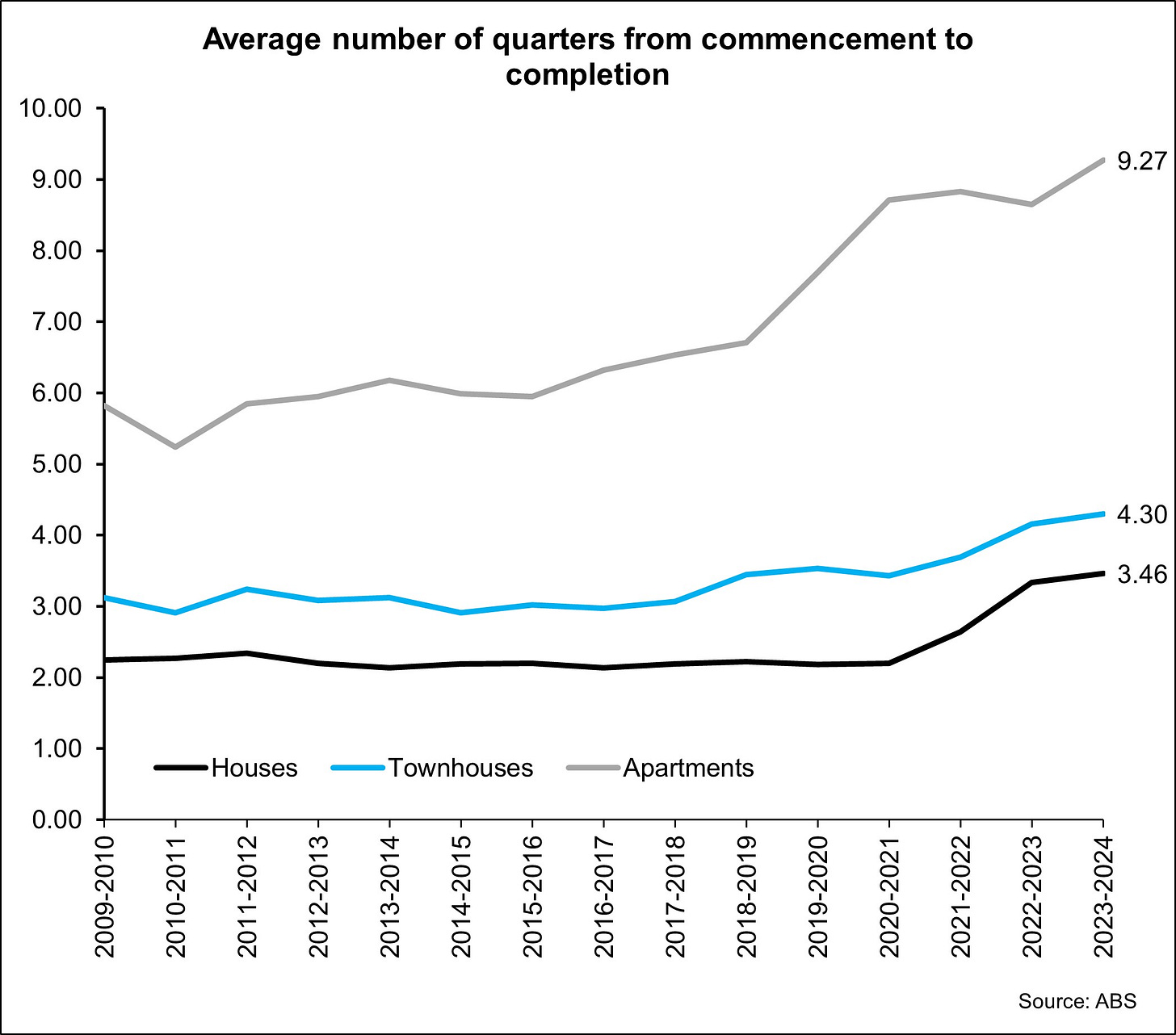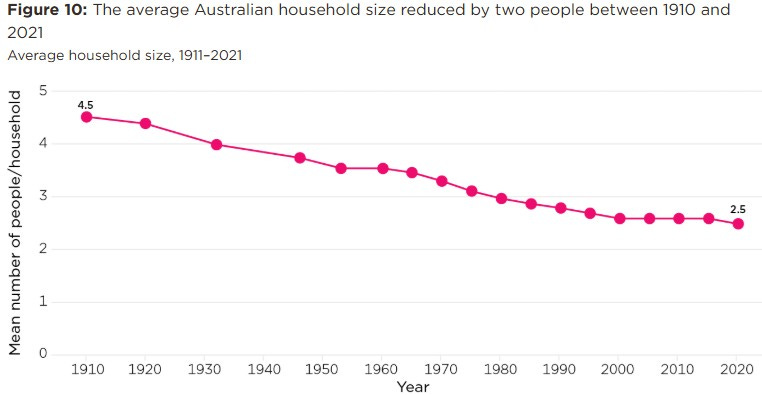Do we need to look back at the past to guide us on first home buyer housing options for the future?
In recent decades we've shifted to building bigger homes and homes out of bricks but is this the way to go?
I grew up in suburban Brisbane in a house my parents purchased in 1984 for what is essentially nothing in today’s terms. But the house that sits on the property today looks nothing like the one they initially purchased and I suspect that many family homes throughout the country that have been owned for decades are in a similar situation.
My parents house, which they still live in to this day, was a small three-bedroom ‘Queenslander’ when they initially purchased it. The house when they purchased it had no garage you just parked the car in the driveway.
Over the years, they have undertaken three major renovation to the house and added additional bedrooms, living areas, a lock-up carport and verandahs too.
Sidenote: I have accused baby-boomers of doing nothing to get the gains in housing values, just buy property and hold it for a long time. Of itself that would have been a successful strategy, but to be fair, many baby-boomers have undertaken significant renovations to their homes over time.
The major renovations that they undertook to the family home were easier to do because the house is made of timber. Timber is typically is easier to renovate than other building materials and they had ample land to expand the property over time.
If I think about the types of new houses that are typically built today, they are usually built out of brick (often brick-veneer), they consist of a large internal floor area, have double lock-up garages and they take up most of the lot that they sit on.
Australia has fully embraced the McMansion trend and reportedly has the largest average house size of any country in the world.
While the average size of new townhouses and apartments has started to trend lower, the average size of new houses is trending higher again. Larger houses are clearly preferred by buyers however, the larger internal area drives up the cost to build and ultimately the cost to purchase.
We can talk about the cost of land and taxes on new development adding to the cost of new housing, which of course they do, but building the largest houses in the world also contributes to our high house prices.
This is highlighted in the above chart which comes from the Australian Bureau of Statistics’ Building Activity data and shows average build costs over time. While apartments are typically more expensive to build than houses, the average build cost of a new house in Australia has increased by almost $100,000 in the most recent two years.
The escalation in build costs is being driven by several factors such as material cost escalation, wage escalation and new dwellings taking longer to construct. Cheaper materials and faster construction could alleviate some (not all) of this cost escalation which ultimately gets passed on to the end user (the purchaser).
Since the onset of the COVID-19 pandemic we have seen the length of time it takes from commencement to completion increase across all property types however, houses remain the quickest to build. Imagine if we built smaller houses that were no-frills? We could likely deliver them even faster and at a lower cost than what we’re delivering today.
Unfortunately, we’re unlikely to see any significant reduction in construction costs so the aim should be to minimise further construction cost escalation and to find cheaper alternatives to what we’re currently constructing.
While we have the largest house sizes in the world, as house sizes have increased, there has been an ongoing decline in average household sizes. At the time of the 2021 Census the average household size was 2.5 persons and the average household size has fallen by two people over the past century with the step-down in sizes accelerating from the late 1960s.
Australia is building very large houses for increasingly smaller household sizes. I suspect that there are several reasons why we’re doing this:
The high costs of housing and transaction costs such as stamp duty discourage regular movement in the housing market.
As a result, people are more inclined to buy larger houses than they need with a view that their family will grow into that property over time.
Spare rooms can be used as home offices (or storage space for all the stuff we don’t want to get rid of because modern homes tend to not have a lot of storage space).
A bigger house is likely to hold more appeal over time in the resale market so the escalation in price may be greater for a larger home.
The average household size at the time of the 2021 Census was 2.5 persons, while the average number of bedrooms in an occupied private dwelling was 3.1 bedrooms. Three bedroom properties were most prevalent accounting for 39% of housing stock, down from 41.1% at the time of the previous Census. On the other hand, the share of 1 bedroom properties increased from 5% to 5.3%, 2 bedroom properties increased from 18.9% to 19.1% and 4 or more bedroom stock increased from 32.2% to 34.8%.
So how does this all relate to the type of housing we’re building today? Essentially we are building very large homes with more bedrooms than most people need. The new houses that we are building are also mostly built out of brick. Just drive around a new housing estate, it is very rare to see houses built out of timber.
There are pros and cons of building houses out of brick or timber but typically timber houses will cost less to construct and are easier to renovate than brick homes. On the flip-side, timber homes can be more difficult to warm and are less fire-proof than brick homes.
Many older houses that people of my age (at least in Brisbane) grew up in, were built out of timber and were renovated over time to add bedrooms and features.
Given this, why are we building new houses out of more expensive materials and building (and purchasing) houses which are much larger than what we need (I’ve already listed some suggestions as to why above)?
Should we go back to the past and start constructing smaller houses out of timber at lower prices? These types of houses will have the benefit of being cheaper, which should be a good selling point, and they can also be renovated and extended in the future.
An argument against this approach would be that undertaking major renovations are expensive and they aren’t much fun to live through (I can attest to this living at my parents houses through two of their three renovations). In fact in some instances the residents would have to move out of the house during renovation.
If housing affordability is a challenge worth addressing, and I think it is, perhaps it would be prudent to look at alternatives to the brick McMansions which are delivered today and consider building smaller timber houses which can be expanded to over time.
This is not an area of expertise for me but I would love to hear the thoughts of those people that are and whether they believe this is a solution that would be palatable to the market. From a non-expert perspective lower priced new housing that can be extended over time seems like it could be a good solution for the market. Especially for price sensitive first home buyers looking for an entry point into the market and have a preference for a house and some land.








Good piece!
My thinking is that the improvement in new building quality is a mixture of:
1. Consumer preference/demand (hard to imagine many new families accepting one bathroom for the whole household today)
2. Some building regulations that may or may not be necessary (see the Productivity Commission report 'Housing construction productivity: Can we fix it?', page 50). According to the PC, some regulations have been approved despite being a net cost to society.
Nothing wrong with the first one, people should be able to buy nice things if they want, but the second is a concern if regulations - that are a net cost to society - shut people out of the market due to higher costs.
https://fremantleshippingnews.com.au/2023/06/12/my-home-north-freo-opens-to-great-acclaim/
This is the story of some social housing that was built in North Fremantle, based on the dream of an architect Michelle Blakely. It used ‘manufactured’ housing and, as I understand it, decisions were all focussed on keeping things cheap and fast. It is similar to your thoughts I guess. It might not be someone’s ideal home but it is a home.
One of the advantages of constructing smaller, cheaper homes is that more can be constructed, not just because the money goes further, but because the tradies go further. Tradies (construction workers) are a big bottleneck I think.
I have no expertise in such matters but take an interest. I imagine an ‘all of the above’ approach is needed to help our housing crises. Reduce immigration, prioritise construction projects (for example in Perth is a new entertainment precinct really more important than more housing), build smaller, faster housing, provide incentives to local governments to release land etc etc.